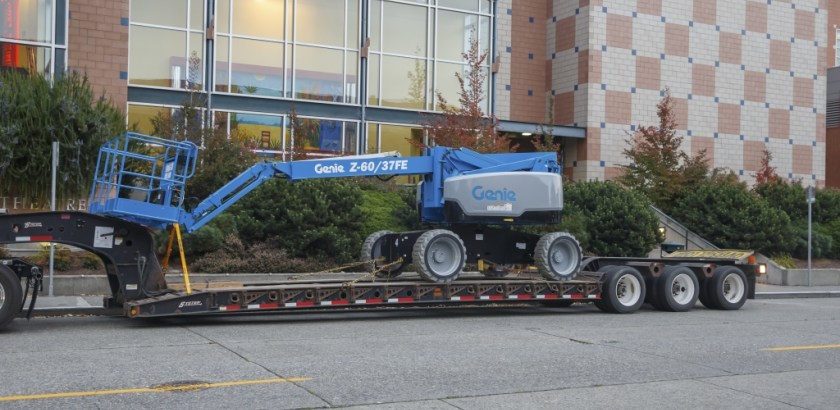Don’t Let Rental Equipment Sit Idle
by Clay Price - Senior National Accounts Manager On Nov 3, 2016, 18:00 PM
Subscribe To Aerial Pros
Filter by tags
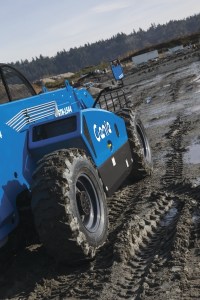 Re-balancing your fleet to maximize rental opportunities
Re-balancing your fleet to maximize rental opportunities
With access to capital constrained, we are going to see the development of innovative equipment ownership strategies. Why should you be forced to choose between long-term financing, which can be expensive, and outright ownership, which is capital and cash intensive, without an agreement in place with your equipment supplier on how to sell or trade machines in your rental fleet as your business changes?
A general rule of thumb in the rental business is that a piece of equipment needs to be out on rent approximately 75% of the time to make money for your business. If you have equipment in your rental fleet that sits idle for extended periods of time, it may be time to consider trading in or selling off the equipment to increase your fleet’s overall utilization rates.
Remixing your fleet
Whether you pay cash, lease or finance to purchase equipment, it is important to have an exit strategy in place to rebalance your rental fleet if and/or when you need to move equipment on and off your books. To build a successful rental business, it is essential that you have the right equipment in your fleet. If that mix isn’t right, you need to be able to quickly and easily respond to customer expectations and market demands.
The first thing you need to do is to look at historical data to determine which equipment is making you money over time and which is not. The ones that aren’t performing or aren’t achieving a minimal rental return on invested capital (rROIC) over time need to be replaced with equipment that will.
To determine what equipment you need to have in your fleet, it is important to consult with your staff, your customers and your trusted business partners, including your equipment suppliers like Genie, to answer these questions:
- What equipment do you have in your fleet right now?
- What equipment are customers asking for most often? Least often?
- What equipment is missing in your current fleet?
- Where are most of your rental opportunities?
- What new opportunities are open in your markets?
- Which ones can you easily take advantage of?
- Which ones are you interested in growing and/or expanding your business to meet?
- What are some of the threats to your business (including established and new competition) now and in the future?
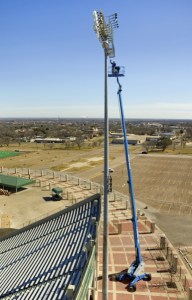 Market research
Market research
Answering the questions above isn’t the only way you should determine what equipment you need to have in your rental fleet. You also need to conduct extensive market research to understand who your current customers are, as well as who your potential customers could (or should) be.
Market research needs to include in-depth information about the local construction economy and building forecasts, what industries your customers serve, what equipment your customers are using and how they are using the equipment. This type of market data is invaluable to your company because it can help fill in the gap between what you know and don’t know about the local rental market.
With this information in hand, you will be able to make better decisions about what equipment to keep in inventory and what equipment you need to divest. This data can also help you determine where your company’s growth potential is and what equipment you will need in your rental fleet to respond to these opportunities.
Related Posts
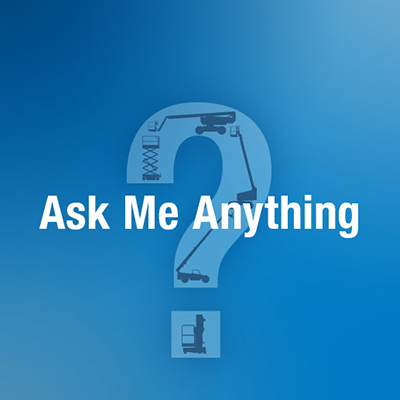
Rental Return on Invested Capital | Ask Me Anything March 26th-30th
A huge thank you to everyone that participated in this Rental Return on Invested Capital | Ask Me Anything event!
Continue Reading
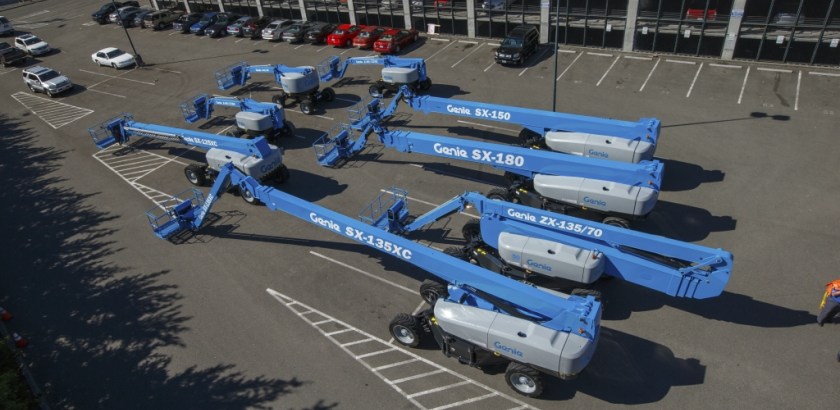
How Residual Values Impact Your Rental Business
Rental is a business driven by numbers.
Continue Reading
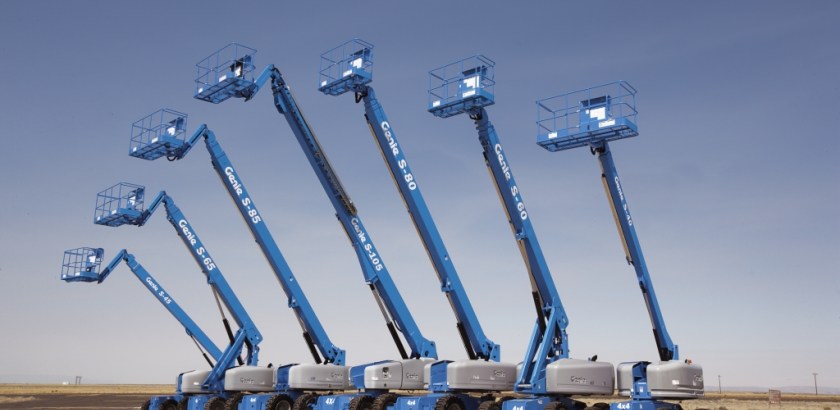
Why Inventory Management is Important in Rental Fleets
Over the last 10 years, our rental customers have become extremely more proficient in the tracking of rental fleets by machine — revenue generated, rental rates, time of utilization, maintenance/repair costs, interest costs, downtime, warranty costs/issues, depreciation and resale prices.
Continue Reading


